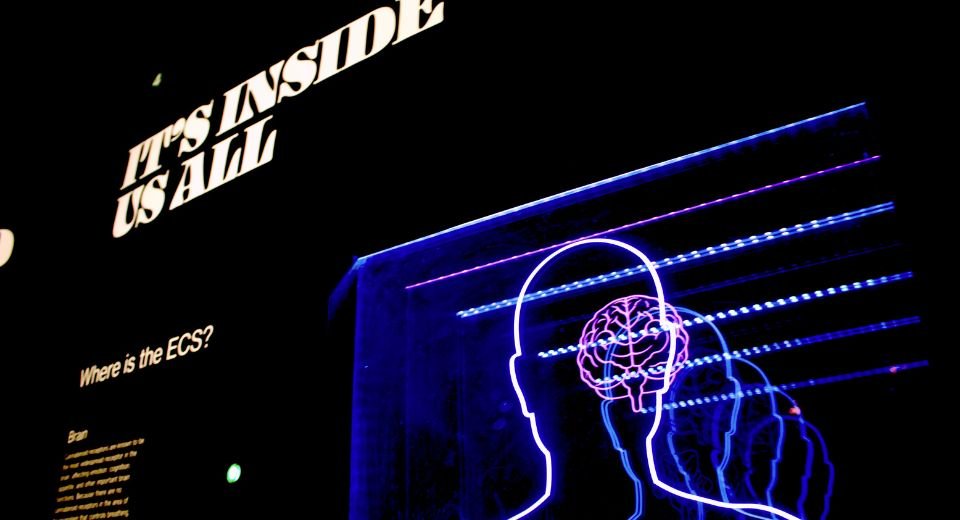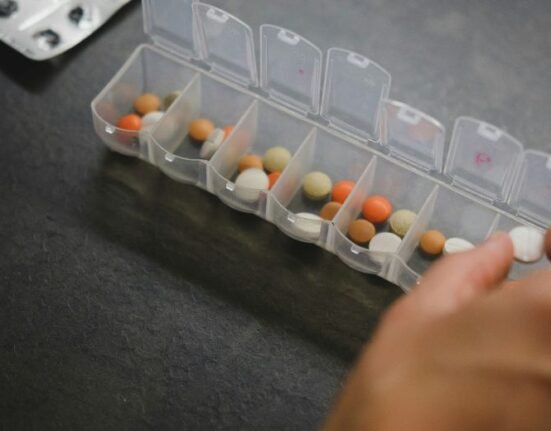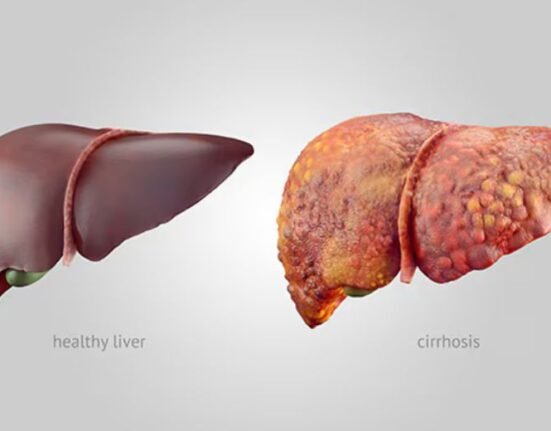HQ Team
July 19, 2024:A new study from Stanford has identified six new subtypes of depression known as “biotypes” using brain imaging with machine learning.
The team has further identified effective treatments for three of them.
Current treatment options are somewhat limited as varied symptoms are pushed under a single umbrella, ignoring the underlying neurobiological differences that might require different treatments.
The research team led by Leanne Williams found specific brain patterns associated with different forms of depression and anxiety. This could pave the way for personalized treatments.
“The idea emerged over 15 years ago from observing the variability in symptoms among hundreds of patients with major depression,” explained Williams, a professor of psychiatry and behavioral sciences, and the director of Stanford Medicine’s Center for Precision Mental Health and Wellness.
“Some struggled with concentration while others had trouble sleeping. We also observed that different types of depression respond differently to antidepressants, psychological interventions and, more recently, to rapid acting neuromodulation treatments. These observations motivated our goal to identify more precise types of depression and personalize treatments.”
The team wanted the same advantage as the diagnosis evolution in cardiology through imaging tools such as MRI or CT scans.
“When patients seek help in psychiatry and/or psychology, we ask them to self-report the symptoms they are experiencing,” Williams continued. “We don’t have any tests even if they are in crisis. In other areas of health, it is routine to not only ask about symptoms but also to get tests done to pin down the root cause of the symptoms.”
Functional MRI for brain scans
Williams and her colleagues employed functional MRI (fMRI) to scan the brains of 801 participants diagnosed with depression or anxiety. These scans were performed at rest and during assigned cognitive functions.
To refine their data, the researchers focused on six brain circuits known to be involved in depression: the default mode, salience, attention, negative affect, positive affect, and cognitive control circuits. They used the Stanford Et Cere Image Processing System to quantify brain activity and connectivity in these regions.
The researchers identified six distinct biotypes of depression, each characterized by unique brain activity patterns.
The six biotypes are:
- Biotype 1 (Overactivity in Cognitive Regions):Participants with this biotype exhibited overactivity in brain regions related to cognitive functions. This group showed the best response to the antidepressant venlafaxine (Effexor).
- Biotype 2 (High Resting Activity in Three Brain Regions):This biotype was marked by higher levels of activity in three specific brain regions associated with depression and problem-solving when at rest. Participants in this group responded well to behavioral talk therapy.
- Biotype 3 (Low Activity in Attention-Control Circuit):Characterized by lower activity at rest in the brain circuit that controls attention, this group was less likely to benefit from talk therapy compared to other biotypes.
- Biotype 4 (Hyperconnectivity in Default Mode, Salience, and Attention Circuits): Participants in this group responded better to a combined behavioral intervention.
- Biotype 5 (Hypoconnectivity in Attention Circuit):Participants in this biotype showed significant lapses in concentration and impulsivity due to reduced intrinsic connectivity in the attention circuit.
- Biotype 6 (Heightened Activity in Emotion Processing Circuits):This group exhibited increased activity in brain regions associated with processing both sad and positive emotions.
“We were pleasantly surprised that the biotypes identified by our new fMRI technology were robust, meaning they were consistently observed even after multiple statistical validation tests,” Williams said. “We were also pleasantly surprised by the importance of task fMRI in identifying biotypes, in addition to resting state fMRI.”
“Although we had data on five different treatment conditions, it was not possible to consider all treatments available for depression that could be associated with specific biotypes,” Williams noted. “Our ongoing research is expanding to other treatments.”
Future studies could explore additional brain regions and functions, as well as the impact of different treatment modalities. Prior studies have identified four biotypes, the new research has expanded it to six. More brain mapping an analysis could expand these biotypes.
“This precision approach based on brain scans has the potential to help address the global depression crisis,” Williams noted. “Around the world, 280 million people (about 8% of the population) will experience major depressive disorder. We commonly focus on the persistent low mood aspect of clinical depression. However, the other symptoms, anchored in different brain circuits, are bigger contributors to the disabling effect of the illness.”
The study is published in Nature Medicine








